Report this entry
More from the same community-collection
El Paso Holocaust Museum - El Paso, Texas
The El Paso Holocaust Museum is a must see! Very interesting and ...
El Paso Holocaust Museum - El Paso, Texas - 2017
Anne Frank image at the El Paso Holocaust Museum - located in ...
Two Communities, One Shared Experience - El Paso, Texas
Photo contains a collection of Lt. Col. Herbert E. Featherstone ...
Two Communities, One Shared Experience - El Paso, Texas
Photo contains a collection of Lt. Col. Herbert E. Featherstone ...
Fort Bliss Timeline- El Paso, Texas
Timeline of Fort Bliss in El Paso, Texas at Sixth Wall of Giants ...
A Historical Meeting - El Paso, Texas
Photo is of the mural by T. (Trygve) J. Kittlesen made for the ...
Veteran studies the Fort Bliss timeline - El Paso, Texas
Veteran studies the Fort Bliss timeline at the El Paso Museum of ...
Sixth Wall Of Giants - Fort Bliss, El Paso, Texas 2015
Celebrating Fort Bliss Day -- downtown El Paso, Texas. Left to ...
Sixth Wall of Giants - El Paso, Texas
Opening of the Sixth Wall of Giants at the El Paso Museum of ...
Mayor Leeser and a veteran of the Vietnam War - El Paso, Texas
Mayor Oscar Leeser standing with a Veteran at the opening of the ...
U.S. Border Patrol - 1937 - El Paso, Texas
U.S. Border Patrol - El Paso, Texas - 1937 - Camp Chigas located ...
Border Patrol - Camp Chigas- El Paso, Texas 1937
Border Patrol - first Border Patrol Academy Class made up of ...
Border Patrol 1931 - El Paso, Texas
Border Patrol 1931 - El Paso, Texas - District 25, Sub-District ...
Sixth Wall Of Giants - Fort Bliss, El Paso, Texas 2015
Sixth Wall Of Giants - Fort Bliss, El Paso, Texas 2015 - Video ...
Mayor Dee Margo & Family - Picture Of The Week - 2017
Betty Ruth Wakefield Haley ( mother of Adair Margo), Dee Margo, ...
Saint Charles Seminary - El Paso, Texas
In June of 1961 in El Paso, Texas and on the Feast of Corpus ...
Raindrop Turkish Festival 2017 - El Paso, Texas
Yearly Turkish Festival at the Raindrop Center. Everyone is so ...
Turkish Festival - El Paso, Texas - 2017
Photograph taken at the Turkish Festival in El Paso, Texas.
Turkish Festival - El Paso, Texas - 2017
Turkish Festival in El Paso, Texas - 2017. Photograph taken at ...
Turkish Festival - El Paso, Texas - 2017
Turkish Festival in El Paso, Texas - 2017 - sample of some of ...

















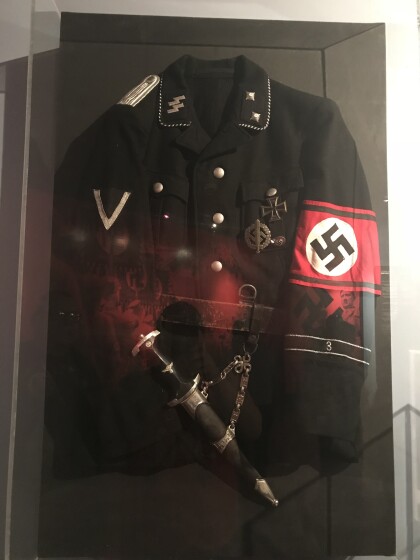
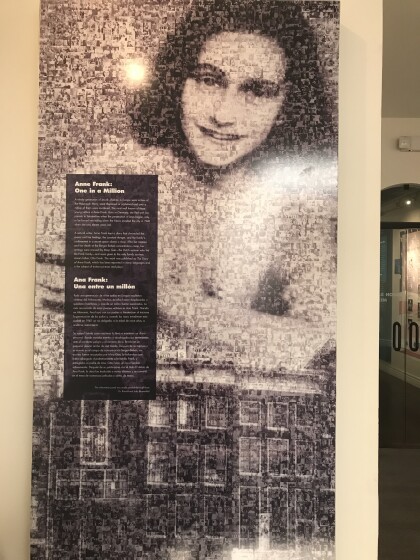
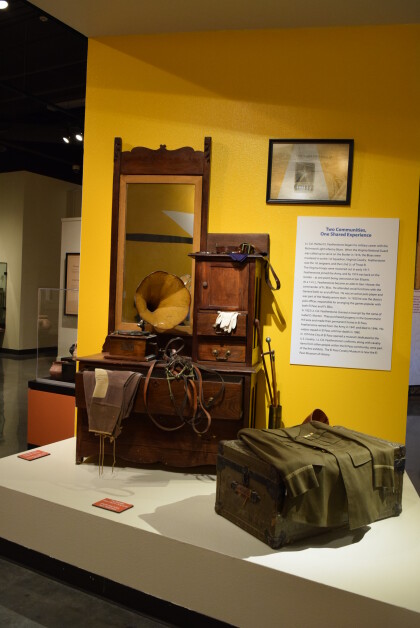
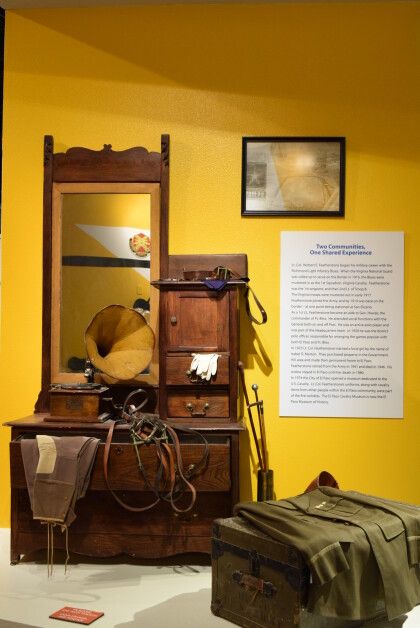
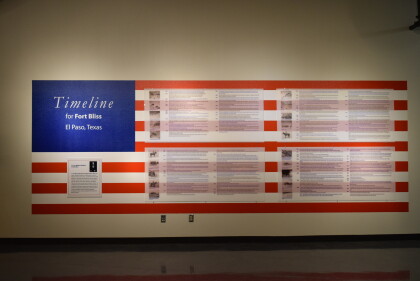
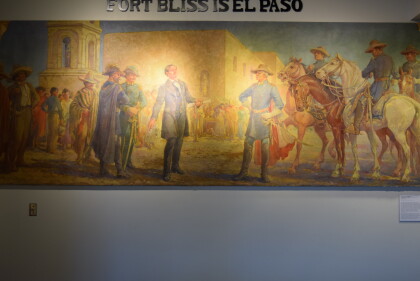
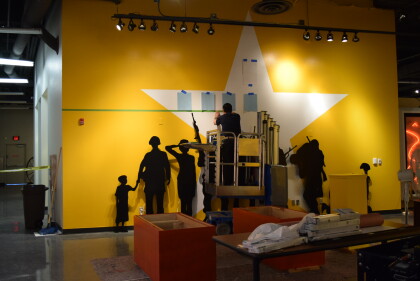
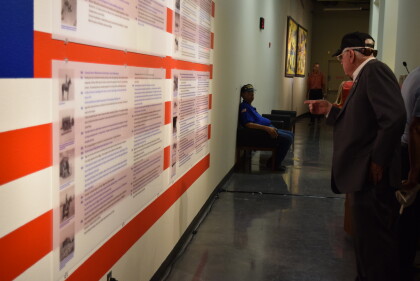
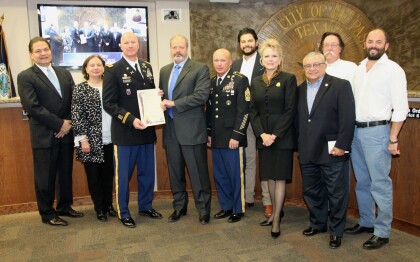
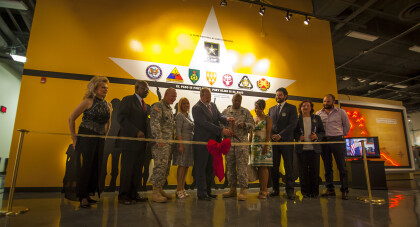
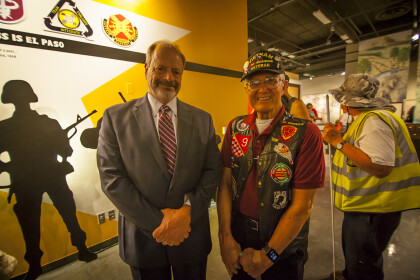
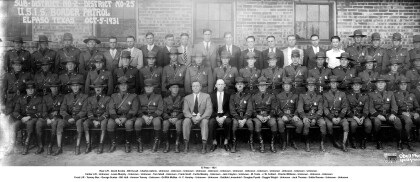
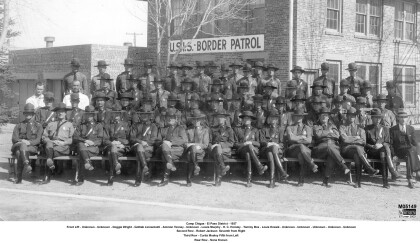
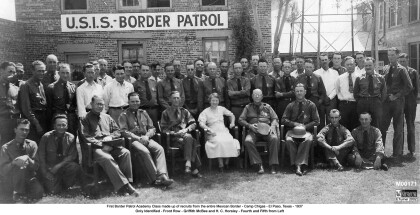

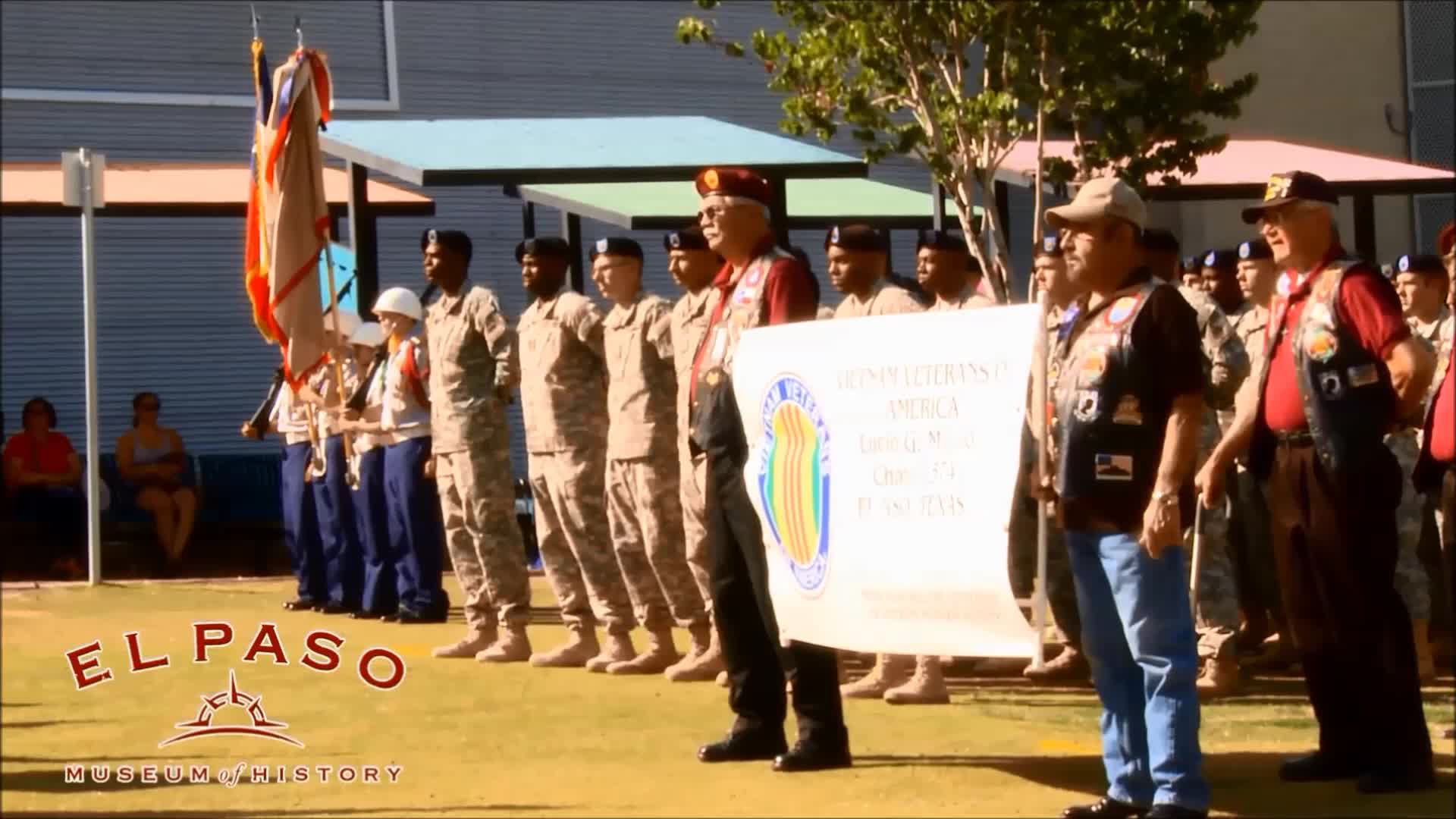
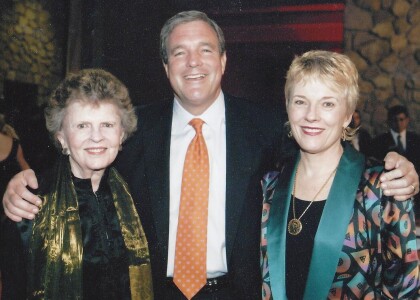
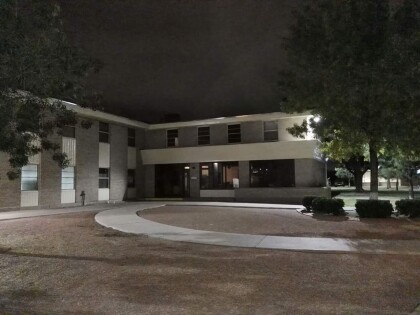
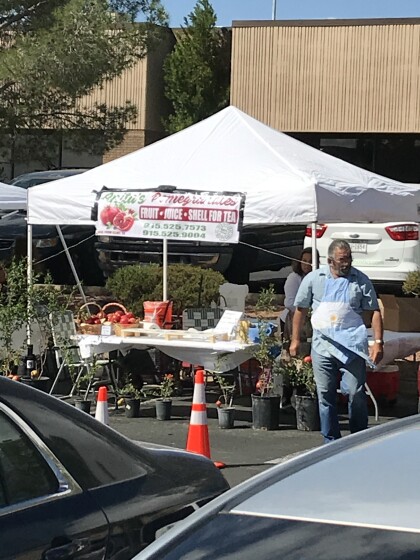
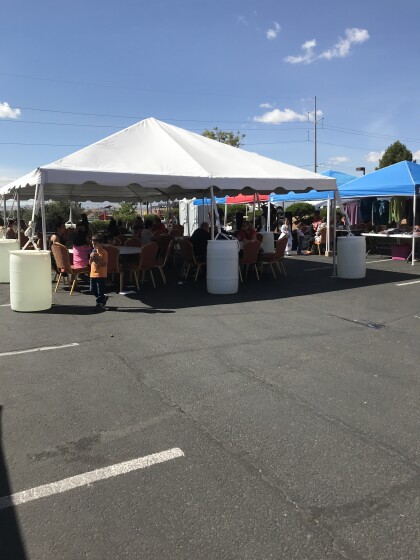
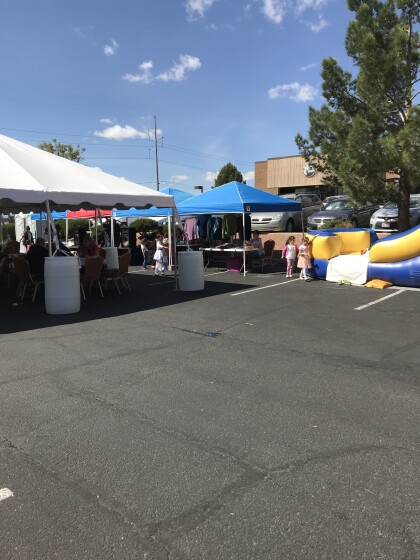
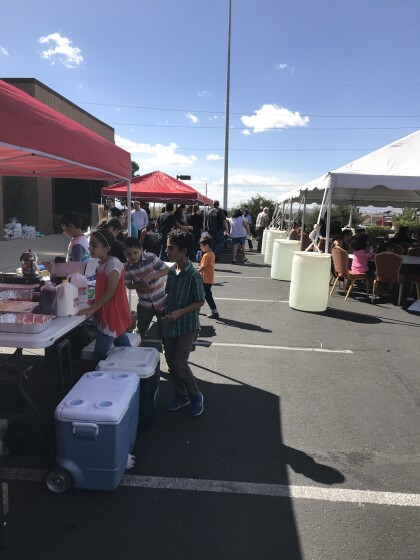

Comments
Add a comment